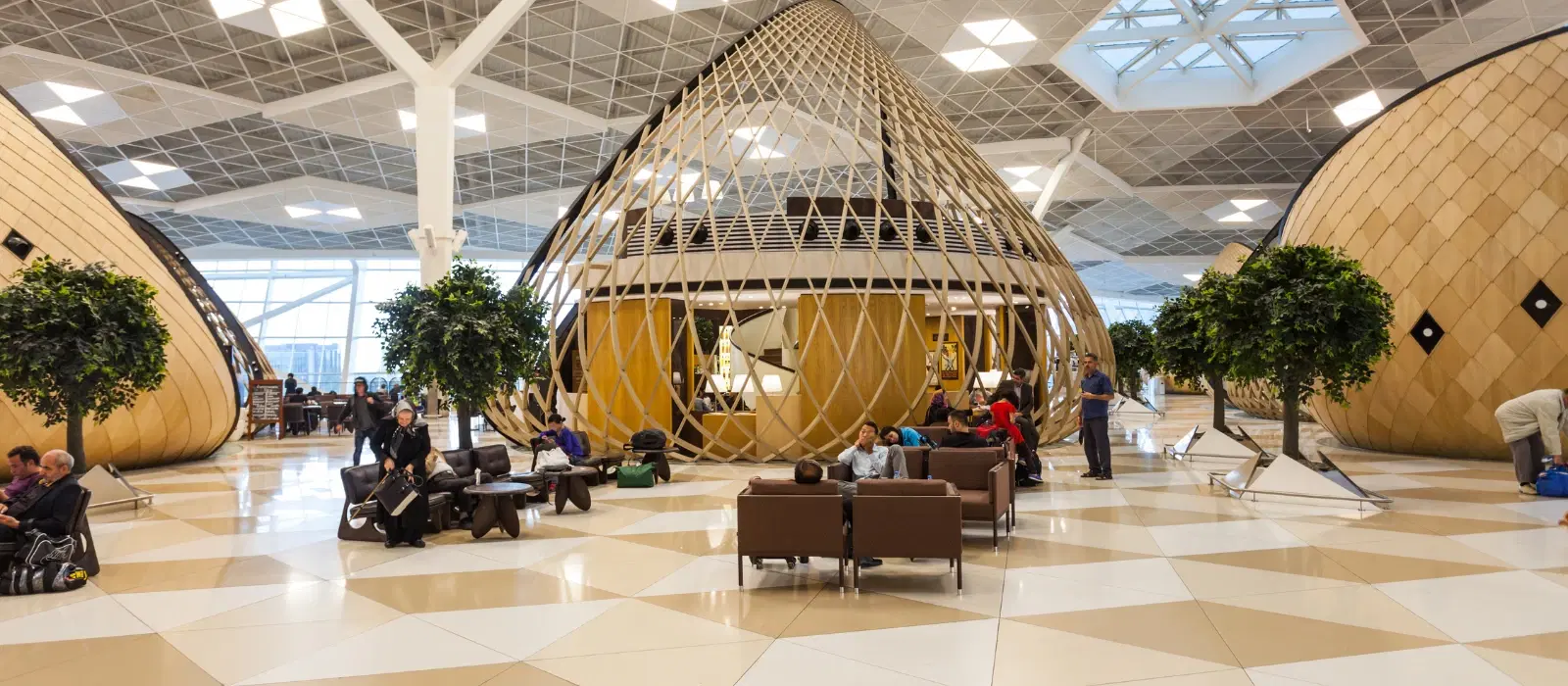
Flights
•04 min read
-95e61ea7-ab4c-459c-9b20-5d183cfc507b.png&w=3840&q=75)
The U.S. aviation network is truly a marvel of modern infrastructure, with an expansive number of airports that serve both domestic and international travelers. If you've ever wondered how many international airports in USA there are, you're set to learn not only the exact figures but also the strategic roles these airports play for travelers, businesses, and the global aviation industry.
When considering the number of airports in the USA, it's astounding to realize the sheer scale—more than 13,000 airports serve this vast nation. However, these include both domestic and international facilities. Domestic airports primarily manage regional air travel, while international airports are equipped with customs and border control facilities that facilitate global connections.
An international airport goes beyond just managing flights—it offers customs and border control, international flight routes, and modern amenities that cater to long-haul travelers. While many smaller airports also handle international flights, their roles might be limited compared to major hubs known for their extensive connectivity and passenger volumes.
Currently, there are approximately 30 major international airports across the United States. These airports are pivotal in handling international travel and ensuring consumers can seamlessly embark on journeys across the globe. Variations in numbers occur as emerging international flight routes help certain airports evolve from domestic to international statuses.
The USA's international airports are geographically distributed across its vast landscape. The West Coast, East Coast, Midwest, and South all boast their share of international hubs. States such as California, Florida, and New York have multiple international airports, making these regions key players in global travel dynamics.

The busiest international airports serve as the crown jewels in the nation’s aviation network. Airports like Hartsfield-Jackson Atlanta International, Los Angeles International (LAX), and John F. Kennedy International (JFK) stand out not only for their traffic volumes but also for their advanced facilities and impeccable connectivity to destinations worldwide. These airports are essential for travelers seeking efficiency, comfort, and a taste of international luxury.
Beyond the top-tier hubs, there are several smaller yet significant international airports. Cities like Orlando, Dallas, and others host airports that, while not as large, still play a vital role in catering to specific international routes. These airports offer accessible and efficient travel options, aligning perfectly with the travel aspirations of the Wanderer, the Planner, and the Luxury Seeker.
Airport hubs are the lifelines for connecting domestic legs of a journey to international flights. Major hubs such as Chicago O'Hare (ORD) and Miami International (MIA) are renowned for their ability to streamline the travel experience, ensuring timely connections and a polished travel experience. For those booking flights on platforms like Tata Neu, these hubs offer optimized flight options that blend affordability with premium service.
In addition to handling passenger traffic, international airports are integral to managing cargo operations and customs processing. Efficient cargo handling boosts global trade, ensuring business operations continue to thrive. The seamless integration of cargo and passenger systems marks these airports as indispensable nodes in the broader global logistics network.
Looking ahead, airports such as Austin-Bergstrom International and Raleigh-Durham International are expanding their international flight offerings. These emerging hubs are adapting to an ever-growing demand for international travel, ensuring that even lesser-known locations are connected to the global network. Such developments are particularly appealing to travelers seeking a mix of affordability and luxury, where every journey is more than just a trip—it’s an experience.
Innovations like biometric screening and automated customs processes are revolutionizing the international travel experience. These technological advancements reduce wait times, enhance security, and ultimately create a more streamlined, stress-free experience for travelers. With services like Tata Neu offering premium options such as integrated loyalty benefits and exclusive NeuCoins rewards (1 NeuCoin = 1₹ saving), passengers can enjoy not only a luxurious travel experience but also tangible rewards that simplify and enrich every journey.

Did You Know? The USA Leads in Airport Infrastructure
The United States has over 13,000 airports, making it the country with the most extensive aviation network in the world. Of these, around 30 are major international hubs, connecting millions of passengers to destinations across the globe.
There are approximately 30 major international airports across the United States, with additional smaller airports offering international flights.
No, not all states have international airports. Larger states like California and Texas have multiple, while smaller or less populous states may have none.
The busiest international airports include Hartsfield-Jackson Atlanta International (ATL), Los Angeles International (LAX), and John F. Kennedy International (JFK).
The USA has over 13,000 airports, including both public and private facilities.
Denver International Airport (DEN) is the largest airport in the USA by land area.
The United States boasts a vast network of international airports that serve as critical gateways for global travel and commerce. With approximately 30 major international hubs and numerous smaller airports offering international flights, the U.S. aviation system is unparalleled in its scope and efficiency. Understanding the role and distribution of these vital air travel infrastructures not only satiates curiosity about how many international airports in USA are out there, but also offers insights into why these hubs are key to both leisure and business travel. This exploration mirrors the aspirations of travelers who seek a blend of comfort, luxury, and seamless connectivity on every journey.